Rare is the small-boat enthusiast who has all the storage room needed for their boats and gear. Outside storage can be detrimental even with tarps or covers, particularly for wooden craft. When my daily routine of moving boats in and out of the workshop grew tiresome, I investigated fabric-covered “portable” garages as an auxiliary storage solution.The ShelterLogic ShelterTube line is a step above the lightweight shelters sold in big-box stores. The framework is heavy-gauge 2″ × 2″ square steel tubing, powder-coated for corrosion resistance. I opted for the mid-grade heavy-duty shed, which has a 14.5-oz cover and roll-up zippered doors at both ends. This grade is not sold in retail stores and is only available directly from the manufacturer. Each unit is built to order, with a variety of sizes available up to 99′ long. For my space I chose a 12′ × 18′ shed with a 10′ height. The assembled frame is made of 2″ × 2″ steel tubing and is considerably sturdier than designs with round-tubing. A flat and level surface is critical to a successful assembly.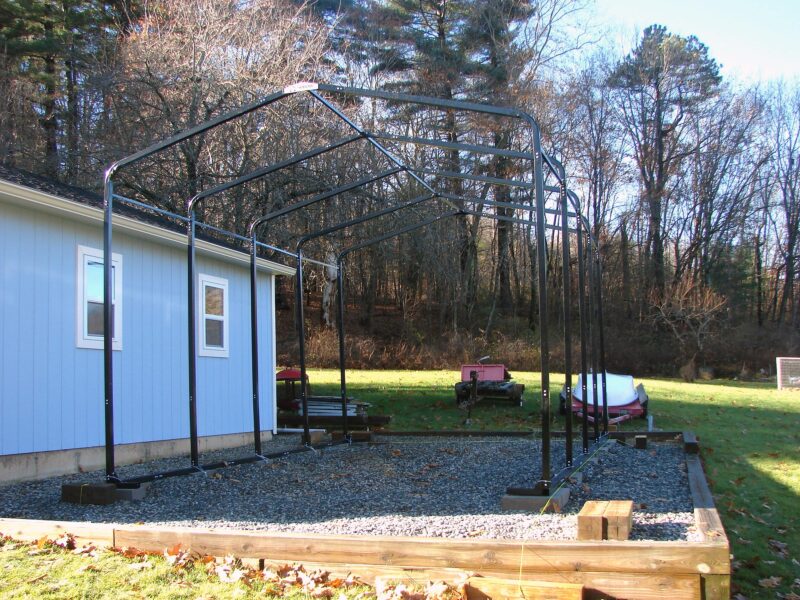 Photographs by the author
Photographs by the author
Join The Conversation
We welcome your comments about this article. To include a photo with your remarks, click Choose File below the Comment box.





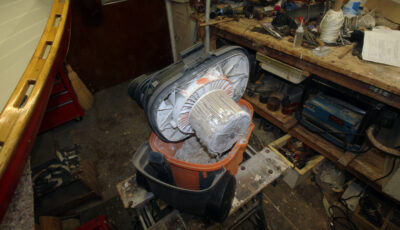
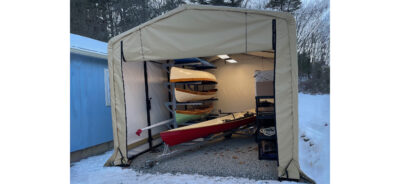
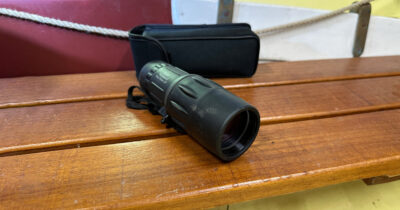




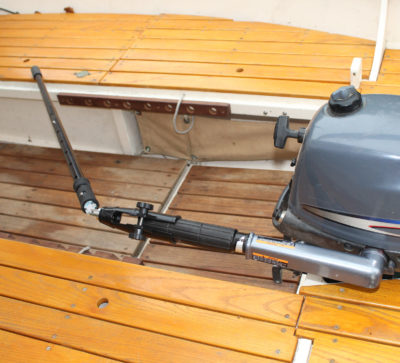
Could something like be heated off and on through the cold months?
Hi Gerald,
Although it probably wouldn’t be very efficient to heat the whole shed on a regular basis, I am sure that some supplemental heating could be used. I have electric infrared heaters over the workbenches in my regular shop and they are nice for taking the bite off the winter mornings. Depending upon the heat source, there would be considerations of ventilation, fire safety etc. that you would need to take into account. Overall however just having shelter from the wind and rain (not to mention snow) helps a lot.
The article and the product featured were very worthy of the read. But that (apparently user built?) storage rack for the boats inside? That is a bombshell- I need at least one or two! Walter and Chris, how about an article on them? Hurry, before I try to decipher a design for them based on the photo, and make a mess of things in the process!
Hi Jeffery,
Thank you for the comments and sharp eyes on the storage rack! It was designed so that boats could be stored with the minimal footprint, thus the arms are cantilevered between matching pairs of 2×4 uprights with a 3/8″ carriage bolt between. The diagonals for the cantilever are 2×2’s that are secured between the uprights with 1/4″ carriage bolts and attached to the arms with plywood gussets, which are used as well where the uprights attach to the legs at the base. The short section of the arms on the back side of the rack are intended to store spars, oars, and long lengths of lumber. The spar shown in the picture is a Hoyt “gun mount” spinnaker pole from a Freedom sloop; it’s 18′ long, fairly heavy, and difficult to store otherwise.
I saw the boats on the rack and thought two of them looked like my favorite boats from the Cape Cod Builder’s Show, and sure enough they were!
Iain Oughtred Wee Robbie design. One as a canoe, the other as a decked sailing canoe. The author did a super job on these.
I tried a much cheaper version (from Harbor Freight, I think) to store my Pelican sailboat on its trailer, and it did not hold up to wind at all. A complete waste of money.
I’ve had a Quonset-style from a different company, Cover-It, I think, for some twenty plus years now. Quonset style sheds Maine snow nicely but you lose some storage area. I set it up on leveled but otherwise just bare ground and it works fine. The ground anchors that screw in are key. Ground anchors were a bit challenging working around tree roots. Mine is green and I tucked it under trees so it blends in and does not get UV damaged. My door is pretty well damaged, one of the challenges with the Quonset style is that the doors don’t stow well when rolled up. If the door is rolled up for a length of time birds will nest in them. Unfortunately I can’t get just a replacement door; I may replace the whole cover or continue to live with an ugly door.